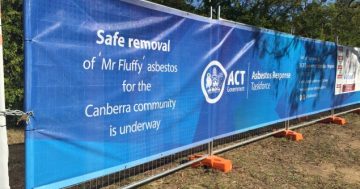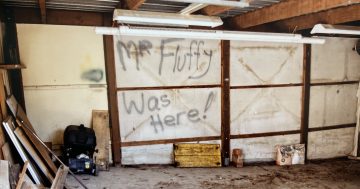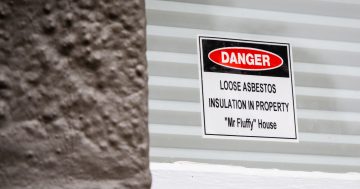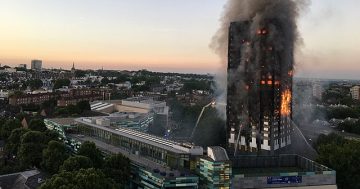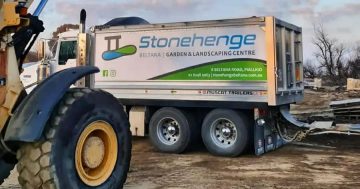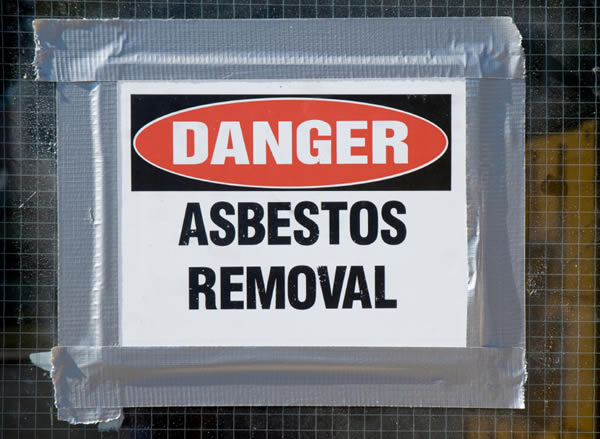
Another day, another report in the Canberra Times regarding a ‘Mr Fluffy’ house.
I am at a loss why the ACT Government has had very little to say on the ‘Mr Fluffy’ issue. For that matter, I’m surprised there has been very little in the way of posts on here regarding it too. Is everybody hoping this all just blows over? The health issues resulting from this are potentially enormous; not just for the residents of a loose fill asbestos house, but for tradies, friends, and families of the residents who have been in the house and possibly neighbouring houses.
There is no standardisation over the assessment or removal process, nor is there any public information available regarding health assessment of residents. As far as I understand it, this problem doesn’t exist anywhere else in the world. Mr Fluffy was the only company to use this type of loose fill asbestos.
If you are renting, you may not know if you are in a Mr Fluffy house thanks to the ACT Government protecting the rights of the owners instead of considering the health implications to the renters.
As a concerned mother, it’s possible I’m blowing this out of all proportion. Is this something we should be worried about?












